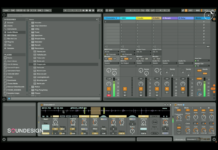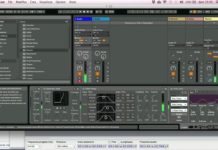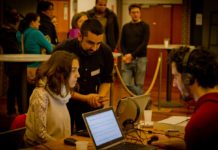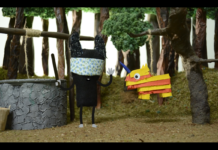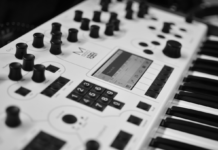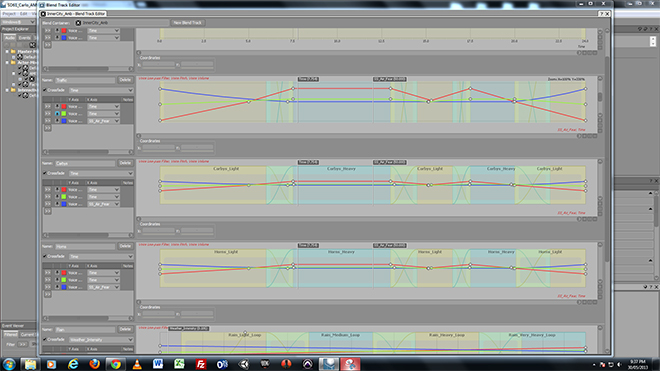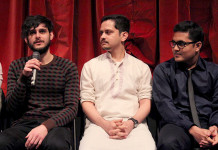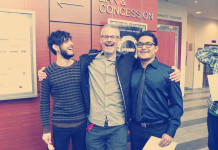This post is part of a series called One Year in Sound by sound designer Carlo Ascrizzi.
After ambiences, footsteps, loops, bunch of recordings and implementations, deeper new techniques are waiting for you.
You will explore the pure technical side of Wwise for a good understanding on how this tool works. Then you have the chance to experiment about FPS (First Person Shooting) and boarding sports game (skateboard and snowboard) in-class implementations, practicing a lot in Wwise. You deal with many parameters and functions, including event sequences, RTPC, switch groups, soundcaster sessions, 3D positioning, soundbanks and so on.
More focus is given to ambiences and dialogues. Indeed as final assignments for this term you have to work on two projects: immersive environment implementation and dynamic dialogue implementation. So here we are again with new field recordings!
For the ambience implementation you are asked to recreate a city environment that changes according to the position of the game player. Your original recordings include several layers and different kind of traffic (e.g. light, medium and hard traffic), car horns, car bys, rain loops and city tones. At least 50% of the assets should include your own recorded material. After a complex implementation, you will have an evolving ambience in which you can alternate day time and night time, raining days, busy traffic and 3d positioned horns or car bys.
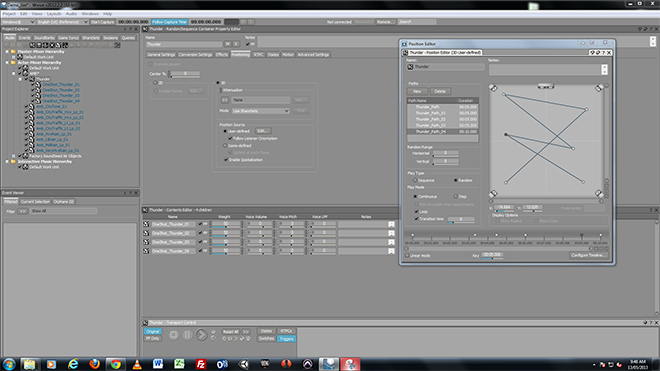
The second main project is only about dialogue, one of the hardest components to implement. First of all you need your original commentary dialogues for a racing game. So book your ADR room and cast your voice talent!
You should record, edit and process your assets list before to move to the implementations side. You need to implement 120 Raw files, edited as they are heard from the commentator booth point view, as well as 120 processed files, heard from the Stadium PA speakers point of view. You need several takes for the same dialogue line and randomness using the stitching techniques. So basically you have to switch between different intonations and variations for the same line… grrr… that’s a lot!
- When you are back home: final thoughts on Resonate 16 - April 20, 2016
- 5th day at Resonate 16 with Artists and Engineers, Nicholas Felton and Memo Akten - April 17, 2016
- 4th day at Resonate 16 with Squarepusher, Atau Tanaka and Darsha Hewitt - April 16, 2016










